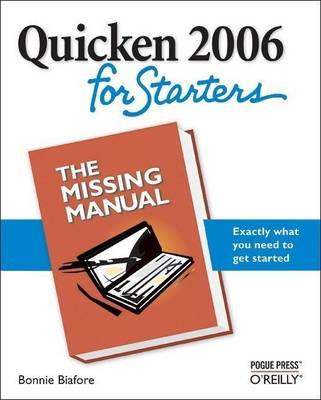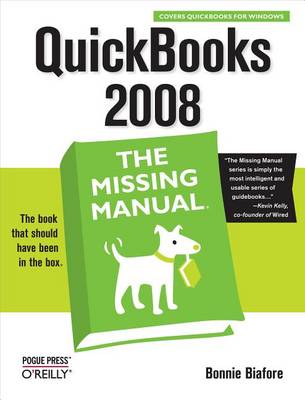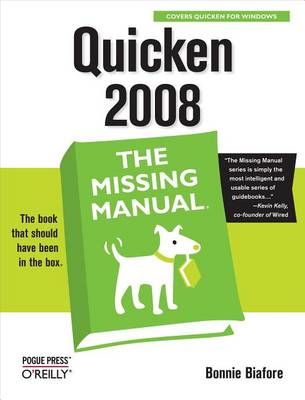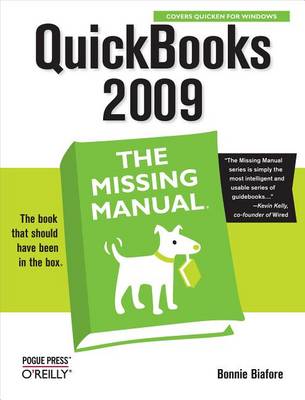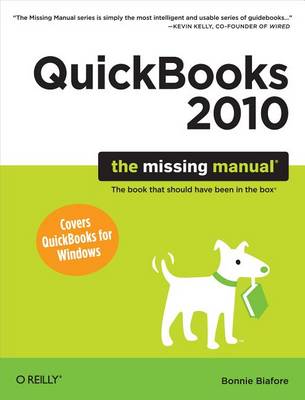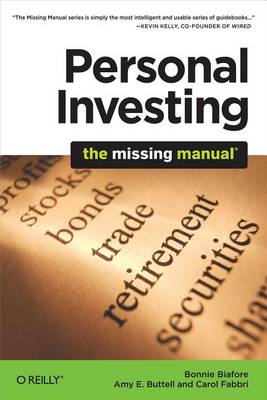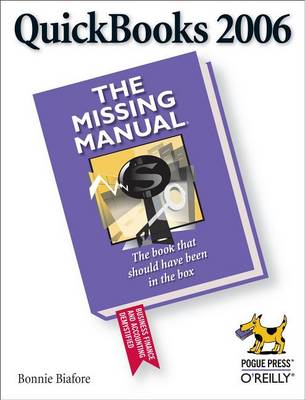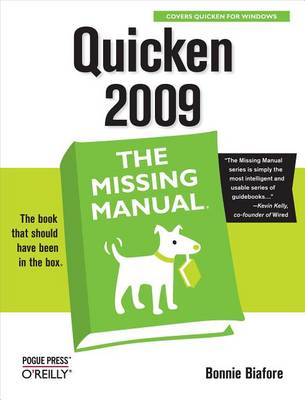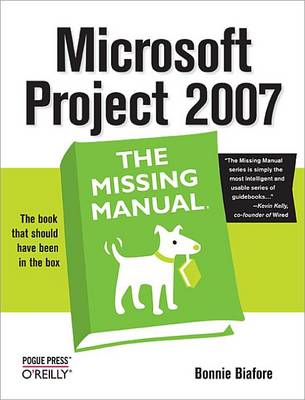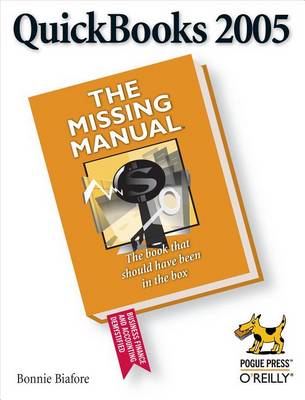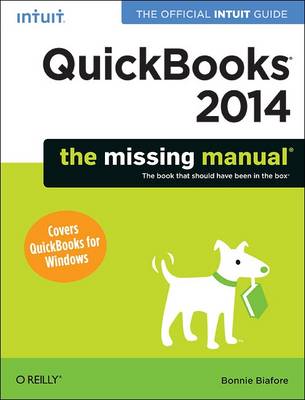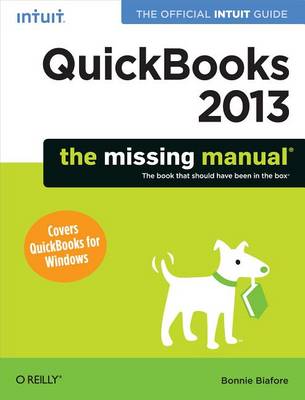Missing Manual
13 total works
*Discover new tips and tricks on the best timesaving options for your business. *Build budgets and plan for the future to make your business more successful. And a lot more. This book is designed to accommodate readers at every technical level. If you're a first-time QuickBooks user, special boxes with the title "Up To Speed" provide the introductory information you need to understand the topic at hand. For advanced users, there are similar boxes called "Power Users' Clinic" that offer more technical tips, tricks, and shortcuts for the experienced QuickBooks fan. For a topic as complicated as accounting software, why trust anything else?
Quicken 2008: The Missing Manual" helps you: set up Quicken to take care of your specific needs; follow your money from the moment you earn it; make deposits, pay for expenses, track the things you own and how much you owe; take care of financial tasks online, and quickly reconcile your accounts; create and use budgets and track your investments; generate reports to prepare your tax returns and evaluate your financial fitness; and a lot more. This book is designed to accommodate readers at every technical level. If you're a first-time Quicken user, special boxes with the title "Up To Speed" provide the introductory information you need to understand the topic at hand. For advanced users, there are similar boxes called "Power Users' Clinic" that offer more technical tips, tricks, and shortcuts for the experienced Quicken fan. For a topic as important as your personal finances, why trust anything else?
If you're new to QuickBooks, special 'Up to Speed' boxes fill you in on introductory information. Sidebars labeled 'Power Users' Clinic' offer technical tips, tricks, and shortcuts for the experienced "QuickBooks" fan. For a topic as complicated as accounting software, why trust anything else?
Personal Investing: The Missing Manual
by Bonnie Biafore, Amy E Buttell, and Carol Fabbri
Understand why you need to invest - Biafore shows you how savings accounts simply won't outpace inflation or give you the returns you need for long-term goals. Learn how to evaluate and buy traditional investments, such as stocks, bonds, and mutual funds. Discover lesser-known investments, such as index funds and exchange-traded funds, which cost you less and provide more tax advantages. Choose the best funds offered by your employer for your 401K, and learn how to get the greatest tax advantages.
If you're a more advanced user, you'll find countless tips, tricks, and shortcuts for becoming a QuickBooks pro. And everyone at every level will benefit from Biafore's seasoned, sensible advice on business accounting and finance. Under Biafore's expert direction, you will be able to use QuickBooks for a lot more than everyday bookkeeping. Beyond billing and payroll servicing, generating business forms and easing end-of-year tax preparation, "QuickBooks 2006: The Missing Manual" shows you how to use QuickBooks to accomplish things like inventory control, budget building, and report creation for evaluating every aspect of an enterprise. With Biafore's clear and friendly explanations and step-by-step instructions for every QuickBooks feature (along with plenty of real-world examples), you'll learn how to take advantage of online banking options, data exchange with other programs, and sophisticated planning and tracking tools for achieving maximum business success. "QuickBooks 2006: The Missing Manual" makes QuickBooks more powerful than you thought possible.
You also get a rundown on project management basics and plenty of solid advice on how to use Project to: * Define your project and plan your approach * Estimate your project, set up a budget, define tasks, and break the work into manageable chunks * Create a schedule, define the sequence of work, and learn the right way to use date constraints and deadlines * Build a project team and assign resources to tasks: "who does what" * Refine the project to satisfy objectives by building reality into the schedule, and learn to keep project costs under control * Track progress and communicate with team members via reports, information sharing, and meetings that work * Close out your project and take away valuable lessons for the future Microsoft Project 2007 is the flagship of all project management programs, and this Missing Manual is the book that should have been in the box. No project manager should be without it.
